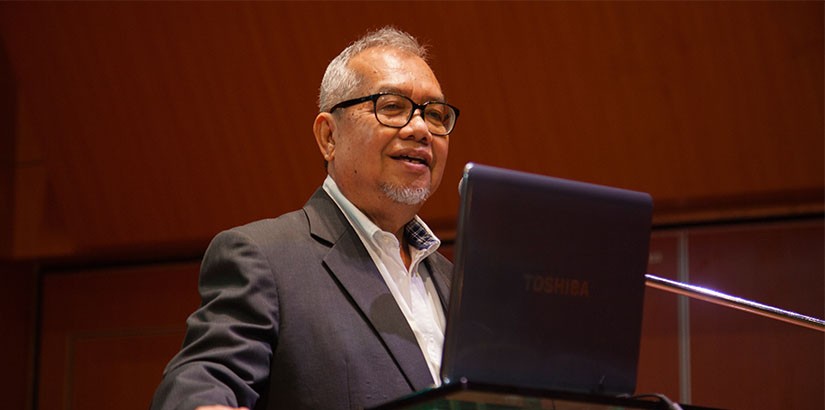2020
27 MayUniversities Rejuvenate Communities
By Professor Dato’ Dr Ahmad Ibrahim, Fellow Academy of Science
The role of universities has changed. We have always viewed a university strictly as a place for higher learning. It is seen as a place where future talents are trained with the right mindset and skills. There was a time when a university was regarded as an ivory tower, where the going-on were kept closed within the confines of the university community. They were not shared with those outside the university, especially the local community. Lately, there have been changes as universities everywhere are slowly coming out of their self-imposed cocoons. They are engaging more with communities and involved the societies more in their research projects. This is healthy and many views such positive engagements should transcend universities, irrespective of their rankings.
Looking at what society has to deal with, there are many areas where universities can be a powerful source of ideas. One area which has attracted the interest of the School of Architecture and Built Environment (SABE) at UCSI University is to do with the subject of urban renewal. Urban areas, which used to thrive socially and economically, are seeing a decline in their vibrancy. Areas where shops were thriving suddenly find themselves abandoned caused by the development elsewhere or the areas themselves have become unattractive. In Kuala Lumpur (KL), Jalan Tuanku Abdul Rahman used to be the heartbeat of the city for shopping. I still remember the days when we used to take the train from Kuala Kangsar to Kota Bharu during term breaks. We had to change the train in KL.
We took advantage of the break-in journey to walk from the station to Batu Road, as Jalan Tuanku Abdul Rahman was called at the time. We bought clothes from the many busy shops that lined up the lane. At that time, the Don brand shirt was famous. Some of us went to eat at the Coliseum Café, which was doing a decent job at the time. Those of us who could not afford the price of chicken chop at Coliseum would settle for Nasi Biryani at the famous Bilal restaurant. Coming from Kelantan, we always looked forward to the brief stopover in KL. Though there is still brisk business on that stretch of KL road icon, it is no longer the same. The Coliseum area, for example, is in decline and need for renewal. The architecture is still attractive. Some sprucing up should bring back its glory without destroying its original features. Its potential as a tourist site is realistic.
The other town which we used to frequent during our schooling days in Kuala Kangsar was Taiping. Whenever we needed a new spectacle, we could only do it in Taiping as Kuala Kangsar did not have an optometry shop then. And while waiting for the glass to be ready, we would go to Taiping lake gardens to relax. Taiping was a busy town then. I remember delighting in the Kuey Tiaw served in one hawker palace. Taiping used to be a hive of economic activities during the tin mining days. Some of the more adventurers among us would use the waiting time to climb a small hill near the town. Taiping slowly changed when tin mining halted. Nowadays, one popular activity there is where bets are taken by a group of punters guessing when the rain would fall. You see, Taiping is known as the wettest place in peninsular Malaysia. Taiping is nowadays more known as a good place to retire. As the name suggests, the town is peaceful.
The two areas are the subjects of two master studies by architecture students at UCSI University. The Taiping case is rather interesting. The student is looking to use a university, specifically Quest International University, as a tool to revive the town. He is studying how the campus design can be integrated into the neglected sections of Taiping to bring it back to life. I know of many towns in the USA which thrive because of the presence of a university in its midst. One which I had the pleasure of studying is Cornell University in Ithaca. I am sure there are many others. I think, with the right strategies, there is compelling evidence that universities can indeed rejuvenate communities.







